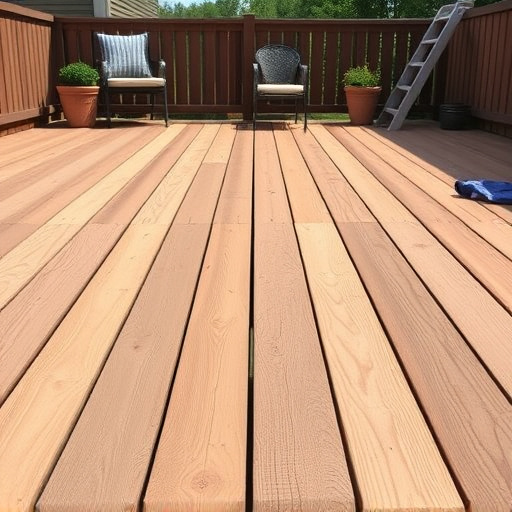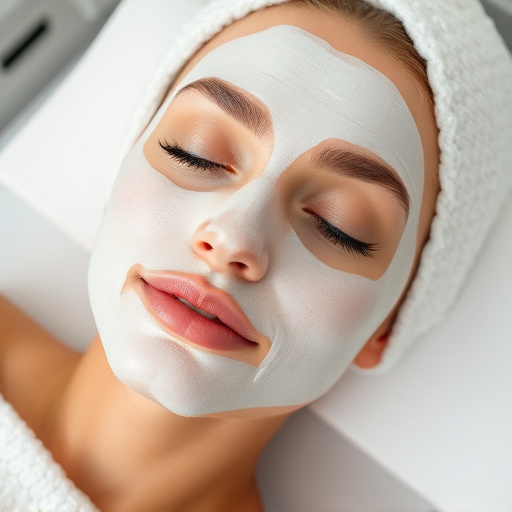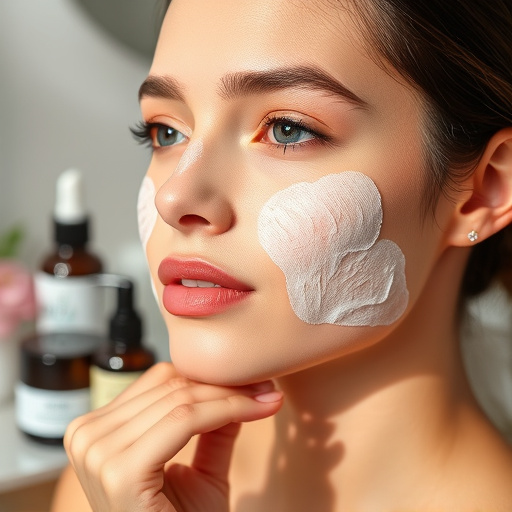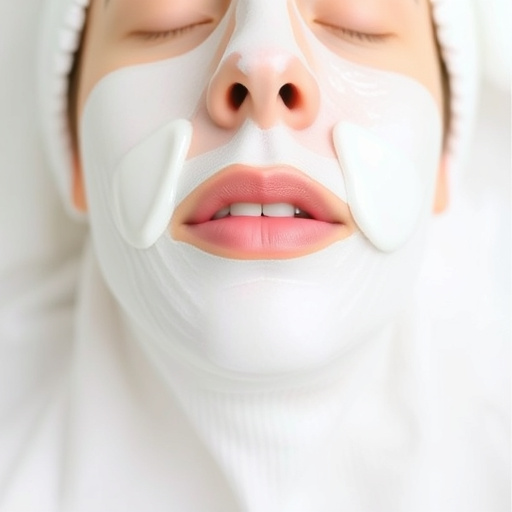Understanding your skin type is crucial for personalizing your skincare routine, especially in scheduling oil control facials. Those with combination or oily skin may require more frequent treatments (every 2-3 months) to manage excess sebum and prevent clogged pores, while normal or dry skin types may need them less often (quarterly). These specialized facials balance oil production, purify the skin, boost collagen, and address specific concerns, promoting long-term skin health and a radiant complexion when incorporated into a personalized skincare routine.
Unravel the mystery of achieving flawless, matte skin with our guide on oil control facials. In today’s fast-paced world, understanding your skin type is key to effective oil management. Discover the benefits of regular treatments and learn how often to schedule them for optimal results. From identifying your skin’s unique needs to crafting a personalized skincare routine, this article empowers you to conquer excess oil and embrace a radiant complexion. Uncover the secrets to an effective oil control facial routine.
- Understanding Your Skin Type: The Foundation for Oil Control
- Benefits of Regular Oil Control Facials
- Creating a Skincare Routine: How Often is Ideal?
Understanding Your Skin Type: The Foundation for Oil Control

Understanding your skin type is a crucial step in determining how often you should opt for an oil control facial. Different skin types have unique needs when it comes to skincare routines, and identifying yours will ensure personalized treatment. For instance, those with combination skin, which typically has both dry and oily areas, might require more frequent oil control treatments than individuals with normal or dry skin.
Knowing your skin type allows you to make informed decisions about your beauty regimen. A professional skincare specialist can guide you in understanding the specific challenges your skin faces daily, be it excess sebum production or clogged pores. By addressing these issues through targeted procedures like laser hair removal (for reducing facial hair that can contribute to oiliness) and regular oil control facials, you can achieve and maintain optimal skin health.
Benefits of Regular Oil Control Facials

Regular oil control facials offer a multitude of benefits for maintaining healthy skin. By focusing on balancing the skin’s natural oil production, these specialized treatments help to prevent and reduce the appearance of blemishes and excessive shine, making it an ideal solution for those struggling with combination or oily skin types. In addition, regular facials can deepen your skin’s cleansing process, removing impurities and excess sebum that daily routines might miss.
Beyond basic cleanliness, oil control facials enhance overall skin texture and tone. Microneedling therapy, often incorporated into these medical spa services, stimulates collagen production and improves skin elasticity. Customized facials, tailored to individual needs, can also address specific skin concerns such as acne scars or environmental damage. By investing in regular oil control facial treatments, you’re not just managing current skin issues but also laying the groundwork for long-term skin health and a radiant complexion.
Creating a Skincare Routine: How Often is Ideal?

Creating a skincare routine is a personal journey, and the frequency of an oil control facial is no exception. The ideal interval depends on various factors, including your skin type, lifestyle, and environmental conditions. For instance, those with naturally oily or combination skin might require these facials every 2-3 months to maintain balance. In contrast, individuals with less greasy complexions could benefit from a visit every 4-6 months.
A consistent skincare regimen is key. Regular oil control facials can help prevent clogged pores and excess sebum production, which are primary contributors to acne and other skin concerns. Moreover, these treatments often include beneficial steps like deep cleaning, exfoliation, and application of targeted products that enhance wrinkle reduction and overall skin texture. Consider incorporating a visit to a medical spa for specialized facial treatments, ensuring your skincare routine is optimized for your unique needs.
An oil control facial, tailored to your specific skin type, can significantly improve your overall complexion and maintain a balanced, healthy glow. Whether you have combination, oily, or acne-prone skin, regular facials can help unclog pores, reduce excess sebum production, and prevent future breakouts. While the ideal frequency varies based on individual needs, targeting every 4-6 weeks is generally recommended to keep oil levels in check and maintain optimal skin health. Incorporating this professional treatment into your skincare routine can be a game-changer for achieving and maintaining clear, radiant skin.














